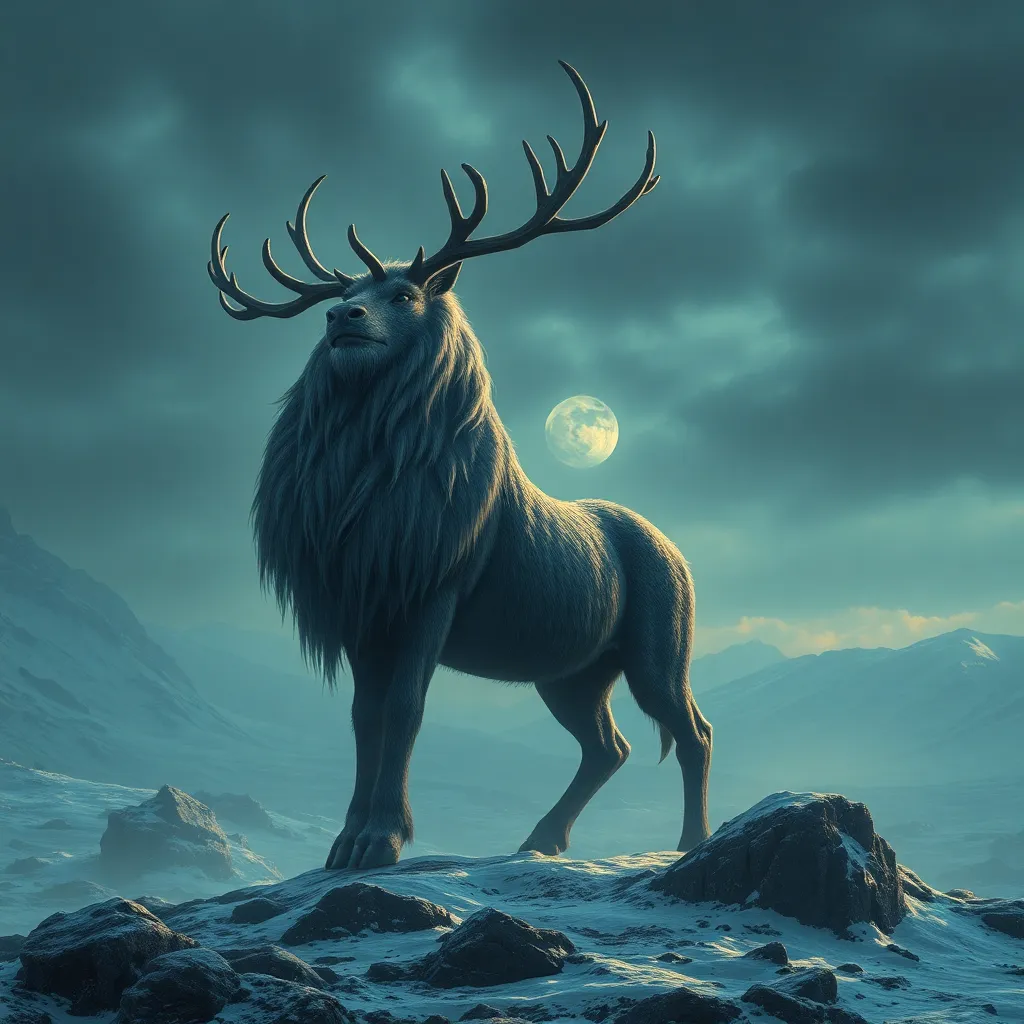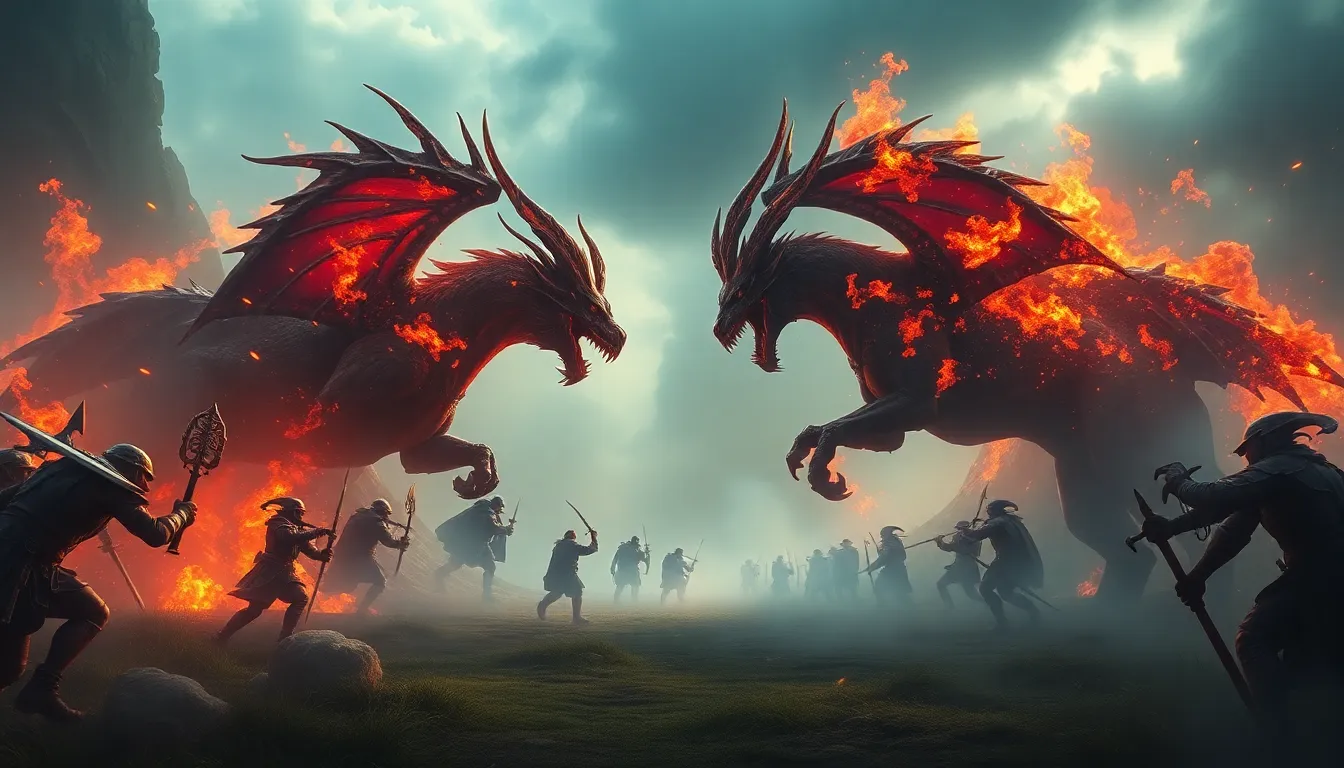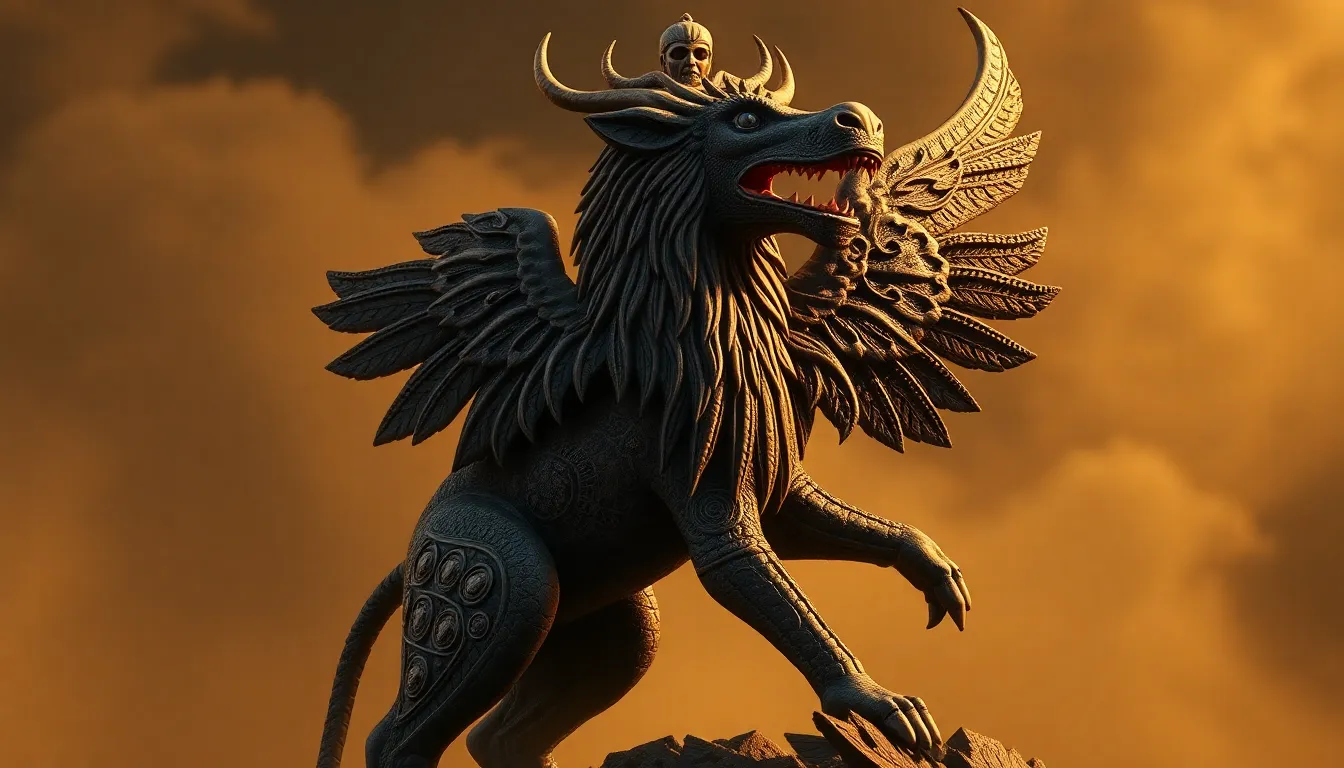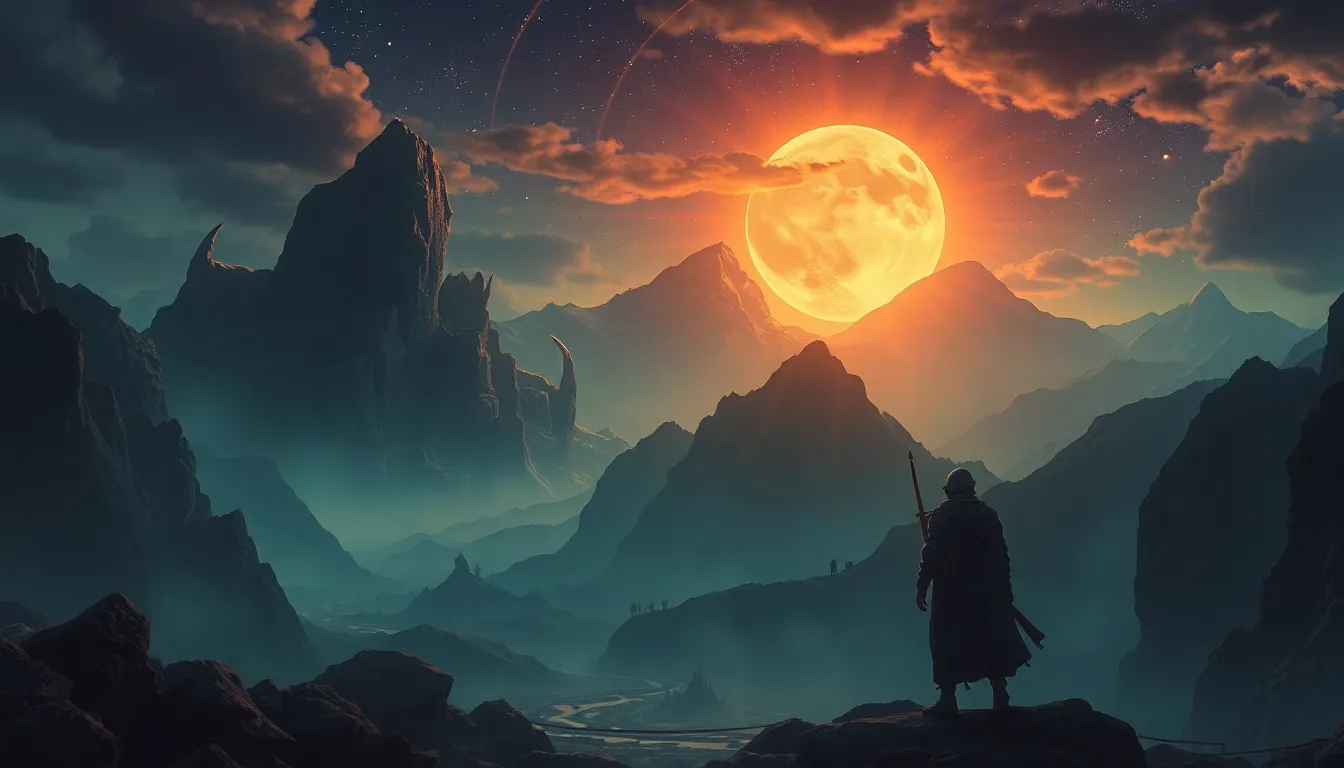Sleipnir Tales: The Norse Myths of the Jötnar and the Giants of the North
I. Introduction to Norse Mythology
Norse mythology is a rich tapestry of tales, gods, and creatures that has captivated audiences for centuries. At the heart of this mythology lies a complex cosmology that includes a variety of realms, from the majestic Asgard of the gods to the chaotic realm of the giants, Jötunheimr.
The Jötnar, often referred to as giants, play a crucial role in these myths, embodying the forces of chaos and nature. They are not merely antagonists to the gods but are integral to the very fabric of Norse cosmology, representing the primal elements of creation and destruction.
One of the most fascinating figures in this mythology is Sleipnir, the eight-legged horse of Odin. Sleipnir symbolizes not only speed and power but also the connection between the realms of the gods and the giants. This article delves into the tales of the Jötnar, exploring their origins, their relationship with the gods, and the enduring legacy of these myths.
II. The Origins of the Jötnar
The origins of the Jötnar are found in the creation myths of Norse mythology. According to these tales, the universe began in a void known as Ginnungagap, bordered by the realms of fire and ice. From this void emerged Ymir, the first being, who is considered a primordial giant and the progenitor of all giants.
Key figures among the Jötnar include:
- Ymir: The first giant, whose body was used by the gods to create the world.
- Bur and Bestla: The parents of Odin, who played a role in the birth of the gods.
- Loki: A complex figure who straddles the line between god and giant.
The Jötnar play a significant role in the Norse creation story. After Ymir was slain by Odin and his brothers, the world was fashioned from his body, with each part of him becoming a different aspect of the cosmos. This act of creation set the stage for the ongoing conflict between the gods and the giants.
III. Sleipnir: The Eight-Legged Horse
Sleipnir is one of the most remarkable creatures in Norse mythology. Born of the trickster god Loki and the giantess Svaðilfari, Sleipnir’s unique stature—having eight legs—symbolizes swiftness and the ability to traverse the realms of existence.
Sleipnir serves as Odin’s steed, allowing the Allfather to journey between the worlds. This connection emphasizes his role as a mediator between gods and giants, embodying the interplay of power and chaos.
The symbolism of Sleipnir extends beyond mere transportation; he represents:
- Speed: The ability to move quickly between realms.
- Connection: The bridge between different aspects of existence.
- Power: A representation of Odin’s might and authority.
IV. The Relationship Between Gods and Giants
The relationship between the gods and the Jötnar is complex, characterized by both conflict and cooperation. These giants often serve as adversaries to the gods, yet at times they form alliances.
Major stories featuring the gods and Jötnar include:
- The building of Asgard’s walls, where a giant named Hrimthurs was tricked by the gods.
- Loki’s involvement in the death of Baldr, which showcases his dual nature as both friend and foe.
- The tale of Þjazi, the giant who captured Idunn, prompting a rescue by the gods.
This duality encapsulates the themes of creation and destruction, highlighting how the existence of the Jötnar is essential to the balance of the cosmos.
V. Notable Jötnar in Norse Myths
Several Jötnar stand out in the vast array of Norse myths, each representing different aspects of chaos and nature.
A. Loki: The Trickster Giant
Loki is perhaps the most famous Jötunn, known for his cunning and mischief. His ability to shape-shift and manipulate situations makes him a pivotal figure in many myths, often leading to both trouble and resolution for the gods.
B. Angerboda: The Mother of Monsters
Angerboda, another significant giantess, is known as the mother of Loki’s monstrous children: Fenrir, the great wolf; Jörmungandr, the world serpent; and Hel, the ruler of the underworld. Her role emphasizes the theme of chaos and the threat posed to the gods.
C. Ymir: The First Being
Ymir, the primordial giant, represents the chaotic forces of nature. His death at the hands of Odin and his brothers is a foundational myth that illustrates the transformation of chaos into order, forming the world as it is known.
VI. The Role of Giants in the Ragnarök Prophecy
The Jötnar play a crucial role in the Ragnarök prophecy, which foretells the end of the world and the ultimate battle between the gods and giants. During this cataclysmic event, many giants, including Loki and his progeny, ally against the gods.
Key battles and figures during Ragnarök include:
- Loki: Leading the giants against the gods.
- Fenrir: The monstrous wolf who devours Odin.
- Jörmungandr: The world serpent, whose battle with Thor leads to their mutual destruction.
The giants’ actions during Ragnarök symbolize the inevitable return of chaos, highlighting the cyclical nature of creation and destruction in Norse cosmology.
VII. The Cultural Impact of Jötnar Legends
The legends of the Jötnar have had a significant influence on literature, art, and modern interpretations of Norse mythology. From the epic poems of the Edda to contemporary fantasy literature, these tales continue to inspire and captivate.
Modern interpretations of the Jötnar often explore themes of rebellion against the divine order, showcasing their complexity and multifaceted nature. They appear in various media, including:
- Literature: Novels and stories that draw inspiration from Norse myths.
- Film and Television: Adaptations that portray gods and giants in new narratives.
- Video Games: Games that incorporate Norse mythology into their storylines.
The enduring legacy of Norse mythology, particularly the tales of the Jötnar, resonates in contemporary culture, reminding us of the timeless struggle between order and chaos.
VIII. Conclusion
In conclusion, the Jötnar and Sleipnir hold significant places in Norse mythology, representing the complexities of existence, power, and chaos. Through their tales, we explore profound themes that continue to be relevant today.
The myths remind us of the delicate balance between creation and destruction, the necessity of chaos in the pursuit of order, and the intricate relationships that bind the gods and giants. As we reflect on these stories, we find echoes of their significance in our own lives and societies.
Ultimately, the tales of the Jötnar and their interactions with the gods serve as a testament to the rich and enduring legacy of Norse mythology, inviting us to explore the depths of our own narratives and the complexities of our existence.



